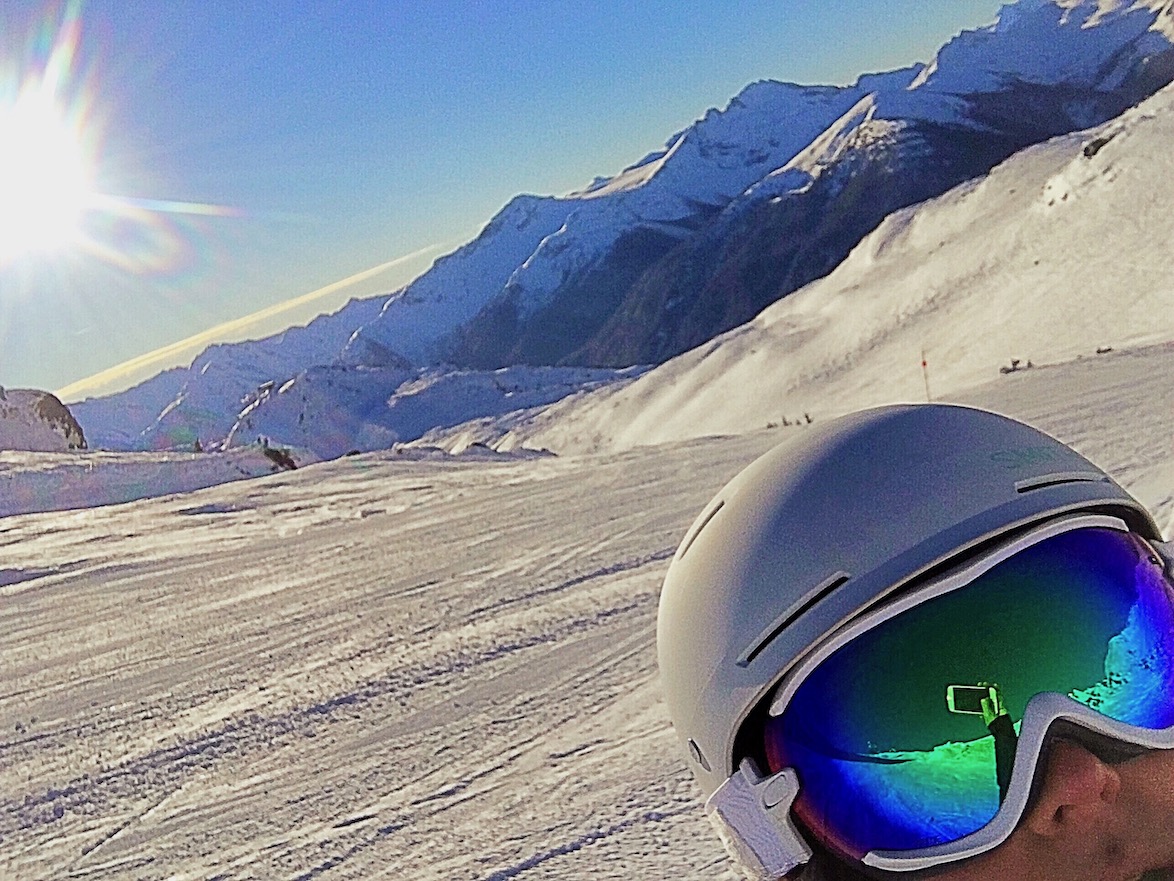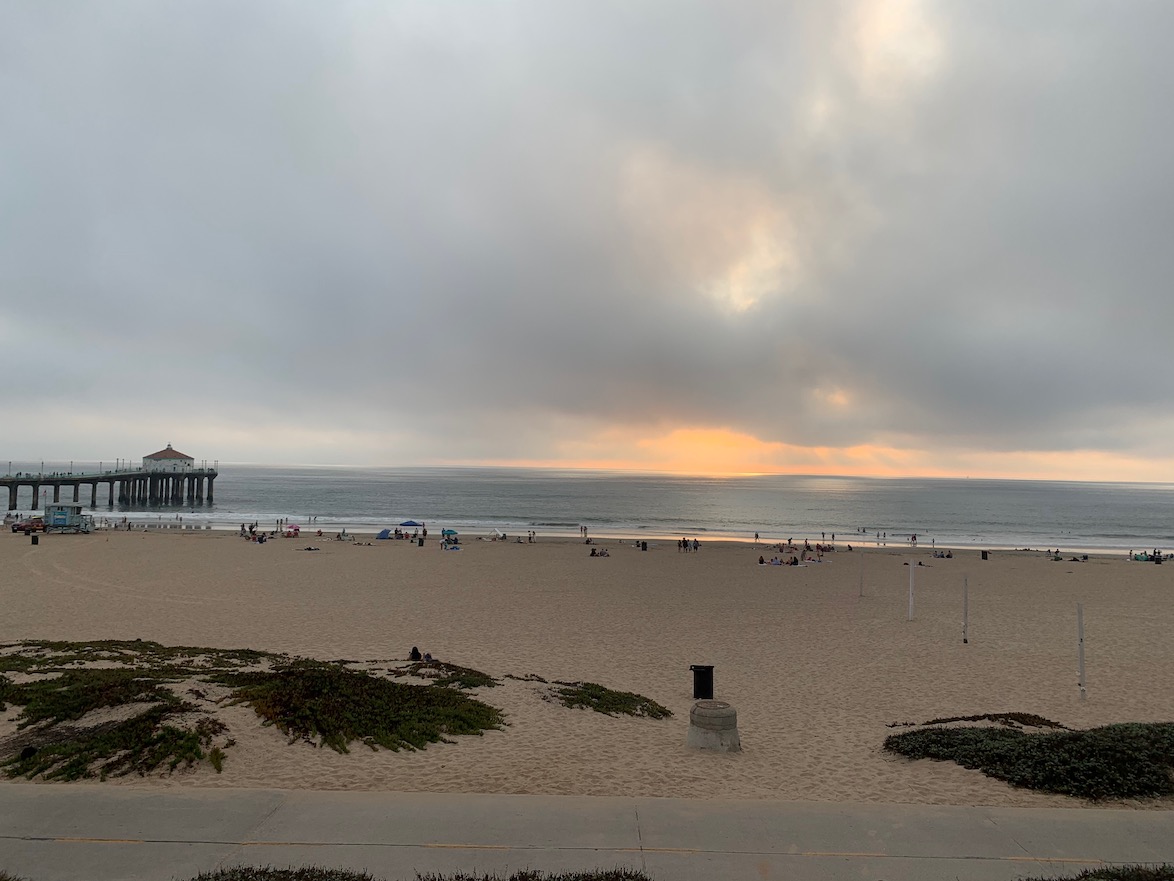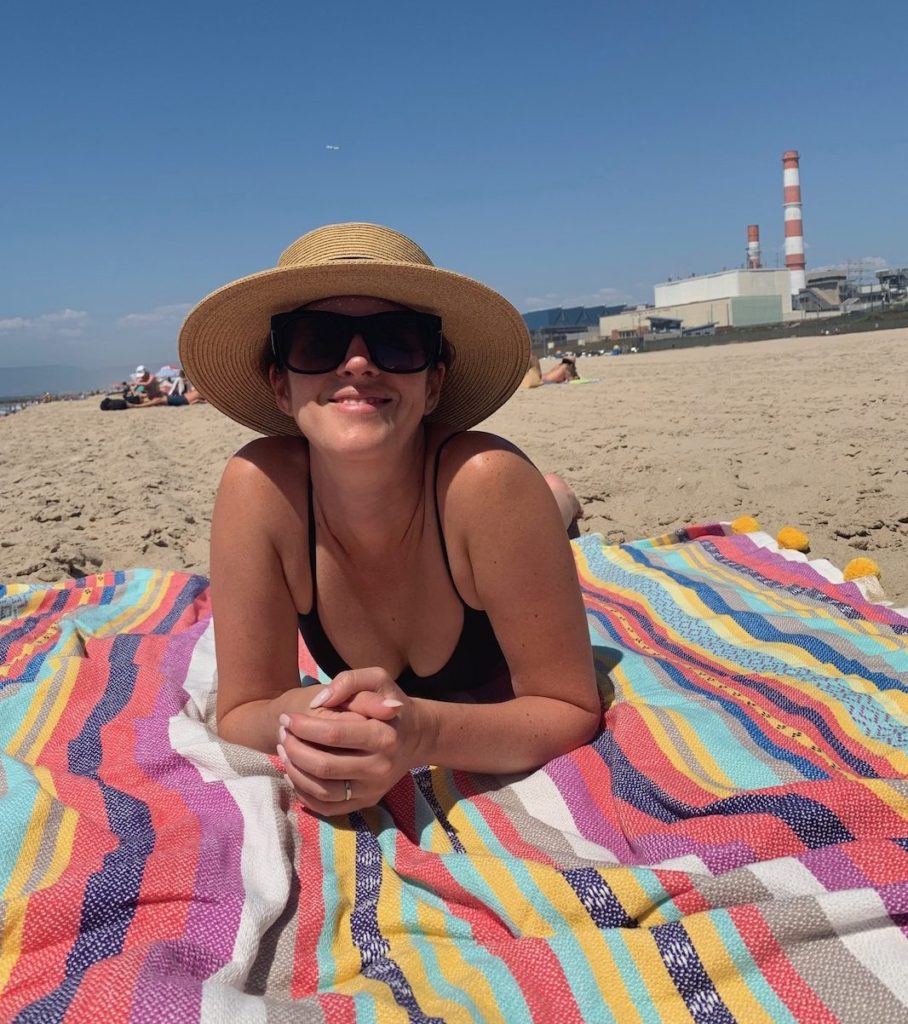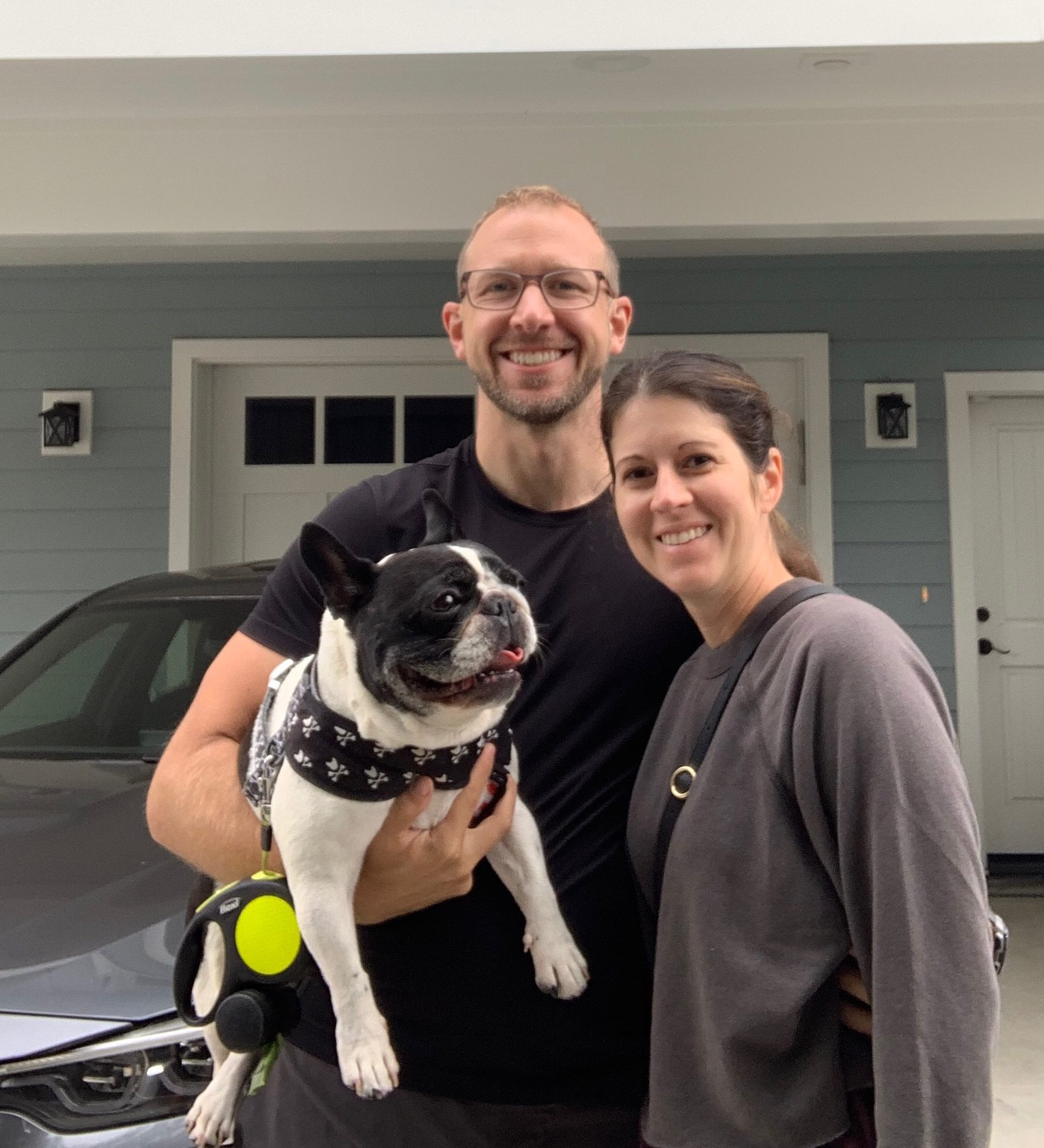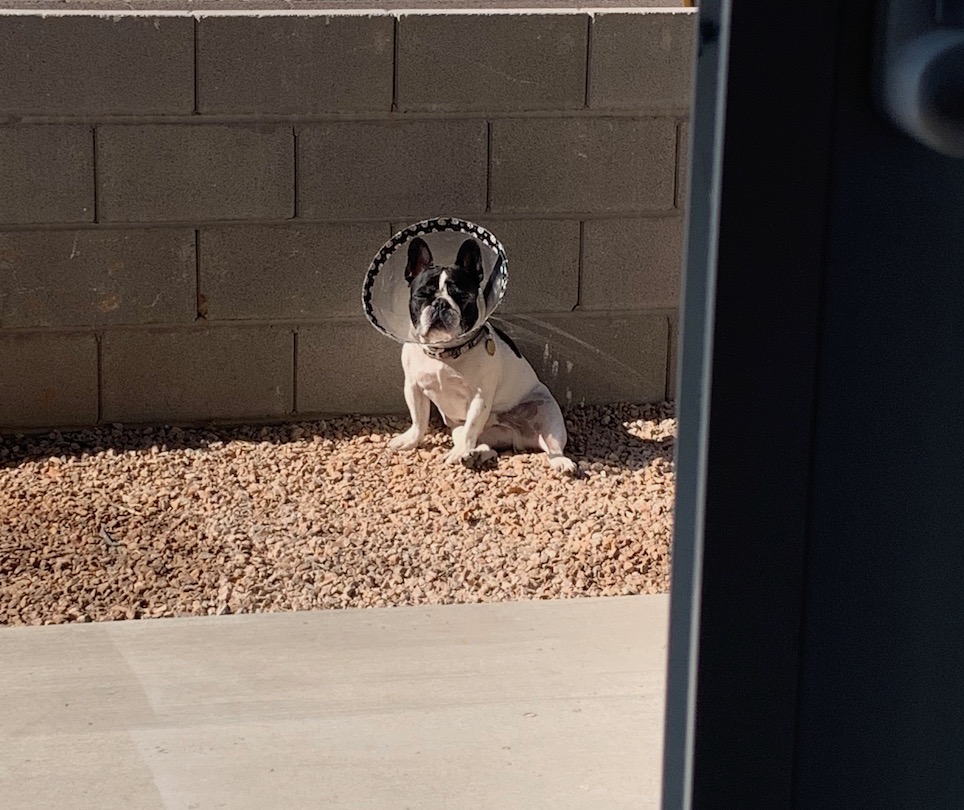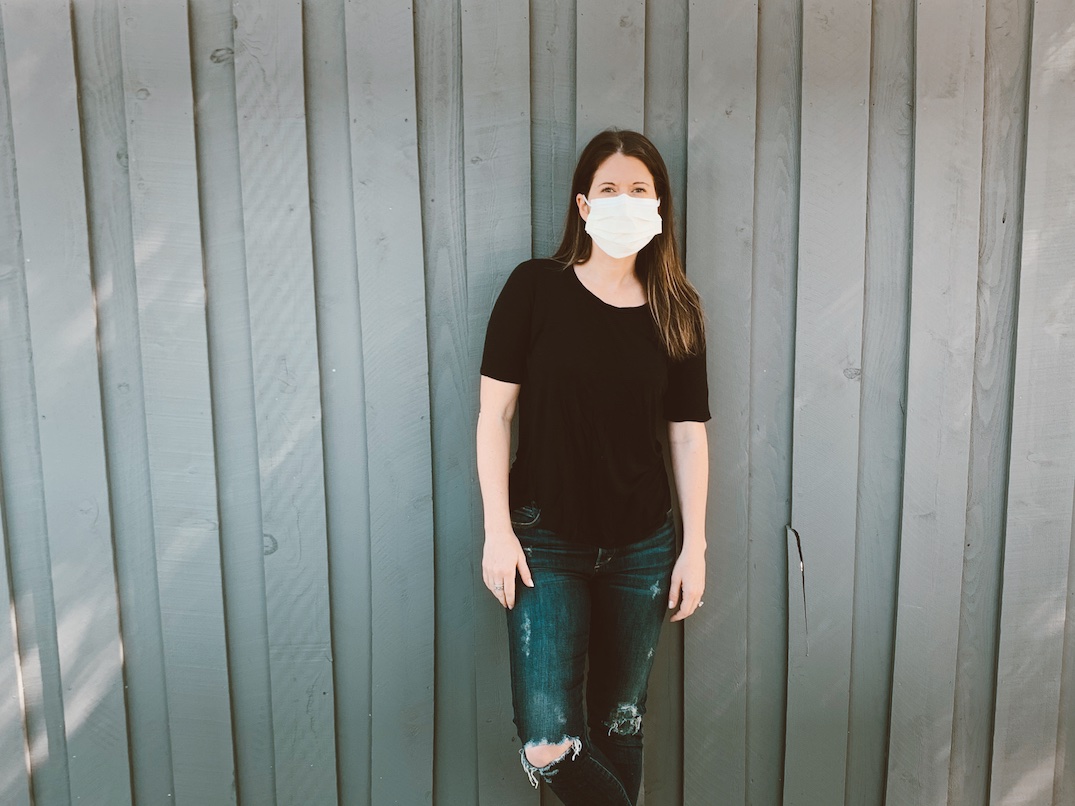“Courage is not the absence of fear, but rather the assessment that something else is more important than fear.” FDR
March 12.
Today I awoke to find that indeed things are changing. The NHL and many other leagues as expected followed suit to postpone seasons. It literally, and figuratively, changed overnight. (NYPost article-sports in hybernation) My eerie feeling of the night before was confirmed, and suddenly an onslaught of cancelations and postponements are being sent. Changes to all of our prescheduled clinical meetings, social engagements, and all life events are happening in rapid succession. Officially all social gatherings were limited to less than 50 people shortly thereafter. A national emergency is declared, and further global limits in other countries are reported. Just like that my, just like many others, day to day existence was unsettled. And although my work continues it feels very different. As I stand in clinic seeing patients, it feels wrong. Every patient I talk to shares the same fears as I. We don’t know what we don’t know about this virus, and what we do know is very scary. We try to be cautious with handwashing and limiting close interactions, but that feels supplemental to a bigger ominous production at hand. It’s like watching something awful slowly unfold in front of you and knowing it needs to stop but not having the power to stop it, like seeing an impending car accident just seconds before you know the crash sound will be heard or like the moment of stillness in the air where time tics by more slowly than it should when I see a bad tackle on the football field, the kind that makes me hold my breath in anticipation of how it all ends.
March 15.
March and April were supposed to very busy months for me. There were games to cover every weekend and travel intermixed with other obligations. Instead, everything is on hold. This weekend, instead of being filled with back to back work responsibilities suddenly has a slower tune. There is still that eerie sense of this new reality in the air, but we are oddly used to the feeling that these changes are imminent regardless of how we react. Discomfort and uncertainty are becoming normal already.
Amidst all of this, this (Sunday) morning my boyfriend has a spark of energy suggesting we go out for an adventure. Little did I know he had been planning this day for over a month. Painstakingly he had been ring shopping while I was away covering sporting events or at work. And now, he is planning to propose. I can’t say I didn’t know something was up because something just felt different. But I wasn’t sure. We went for a drive in his car and stopped to hike at the same place we first hiked as friends 11 months prior. It wasn’t going to be easy for him today though; with the COVID pandemic, most locals have taken to the hiking trails. In order to find a more secluded spot, he decided to call an audible to strike off the beaten path, which led to a slightly more adventurous climb up the hill between the rows of switchback paths. Muddy climbing through the bushes laughing that he is trying to kill me seems oddly apropos for how we should do this, right? We happened on a small clearing that overlooked the coast from Catalina Island to Malibu. He gets down on one knee and asks me to marry him. I say yes as I reach to hug him as fast as I can.
I had learned in my life before that grief and joy can coexist. It is today that I learned that fear and love can do the same. Love is the most valuable thing we do as humans, and even in the time of pandemic we must choose to love. We must choose to fight for a love and a life that can spread this ultimate joy to others.
March 19.
I am cooking curry in the kitchen when the Mayor announces the first stay home order for LA. (LA Mayor – safer at home). He said, “We are all safer at home. Staying in our residences, being aggressive about hygiene, and practicing safe social distancing are the most effective ways to protect ourselves, the people we love, and everyone in our community. Each one of us is a first-responder in this crisis, and Angelenos understand that we have to make big sacrifices right now to save lives. This isn’t forever — and we’ll get through it together.”
This week has been different. I have still been going to work and seeing patients that need to be seen. But now we have talked about a transition to telemedicine.
What is telemedicine? Basically, we as doctors can now treat patients by using a computer or phone. Your face pops up on my screen and mine on yours. We talk shop, I make my recommendations, do any orders for treatments you need, and document our visit. There are some rules and regulations: the main one being I have to have a medical license in the state you are located… but it’s honestly that simple. Why haven’t we done something like this sooner, right?!
(EVISIT article- how telemedicine works)
We have been discussing this type of care for years. A way for doctors to do medical care remotely. Some have started it but on small scale. I have been reluctant to do so for several reasons. First, I don’t do surgery (I discussed this more here… sportsdrmorgan article- what is a SM doc?), and most hospitals have started with doing these sorts of visits for visits after a surgery. Why? A couple of reasons. One, it is usually a quick visit to say look at a wound, and that is easy. We feel bad when patients drive for hours, sit in waiting rooms and then spend 2 minutes with us saying ‘yep looks great! See you in a month!’ Two, we don’t get paid for these visits. It is complicated, but when you have surgery, the first few post-operative visits are included with the price of the surgery. So, the insurance companies pay for them as a package deal. We don’t charge separately for those visits. And guess what, we also don’t (or didn’t… more on that later) get paid by insurances for telemedicine visits. So, if we aren’t getting paid for seeing you in real life, there’s mutual benefit to see each other on the computer. We can save you the strife of the whole painful coming to the doctor process. And for us, we can do these encounters at odd hours like after clinic normal clinic times or during lunch breaks. This way, we get more patients seen during daylight hours. Three, the final reason why I never loved the idea of telemedicine, there is the possibility of more work after hours when I want to be home off the clock.
But with COVID-19 that all changed… And it changed rapidly. We can get paid for these visits now due to the pandemic emergency state. In the pre-COVID days one needed to pay cash. Now insurances are allowing doctors to bill for telemedicine visits like the way we do for regular office visits. And the hospitals responded just as quickly. Massive undertakings by our IT departments were achieved. Full telemedicine apps were developed. And for those that didn’t get that far, ZOOM has become our new best friend. To be clear, I had never heard of a ZOOM anything until now. But it works! We don’t know how it will all shake out in the end… we don’t know the details of how we will get paid and how much. And if you have ever dealt with insurance companies you know it can be ridiculously painful. But for now, we are rolling it out all over the place.
With the launch of telemedicine for my clinic the uncomfortable clinic visits I was having (and knowing that people should be staying home) disappeared. I can now see my patients and give medical advice via telemedicine from the safety of my home. Elective surgeries were postponed next, and all meetings are now video calls. Even rotations for residents and staff on important services were changed to decrease the contact and overlap we have with each other. It all happened very quickly. We are now truly trying to socially distance even in healthcare. And I cannot stress enough what an amazing feat that has been for most. While alongside of us, other frontline workers have pushed hard ahead to try to save lives.
This next week proves more and more that adapting to change is the new normal. Come to find out, emergent services do include vet visits. I call to confirm as my dog, Francis, needs an immunization. I am scared to take him. Does this really need to happen? I would’ve canceled, but it was a timed injection. They confirmed they are open, but I find out even the vets have new special protocols in place to limit contact. We park in the parking lot, call them, and they come out to fetch (pun intended) the dog. We pay over the phone. I can see the front desk from my car window, and I wave thank you. We are all acclimating to a new way of doing things. And we are surviving.
March 20.
We have been looking for a new place to live for over a month. Our current landlord is selling our condo, and although he was kind enough to let us have some leeway regarding the lease end, I really wanted to find a new home since we were in a position of limbo. Fortunately, or maybe unfortunately, it happened today. Good news… We found a place to rent! Super exciting considering several other places we looked at were either not suitable for our needs or not available… LA is a tough rental market. Bad news… we now need to move. During the COVID-19 pandemic. If you are reading this in the future, and during another pandemic, I do not recommend a move. We had one week to pack everything, find movers, and go. Somehow my fiancé found movers who would come (@affordable_movingllc), and they wore masks, and we sanitized everything. But my aforementioned fears and desire to lock myself in the bathroom recurred. We needed to do this. But I am absolutely worse for wear.
More of the same has continued with work including telemedicine visits for my patients and being as productive as possible in other areas. The talks of reallocation of staff continue. My fiancé is back on cycle next week where he will be in the hospital doing emergency things. I am scared for his safety, and I am scared for mine. And I wait. I am grateful to be safe at home and hoping others feel the same. But suddenly my little cocoon of safety will be opened up back to the outside world when he returns. LA still hasn’t been hit hard yet, and our hospital is holding steady. It feels like we are waiting, circling. In a holding pattern and on the brink of something very scary, the edge of the bubbling fear I felt outside the night of the Kings game before the season was canceled. It is still bubbling up and I am waiting.
March 30.
It has been 3 weeks. In 3 weeks, we are here. We are at home now. Some of us are safe. Some of us around the world and still in NYC are in a fight for their lives. (CBSnews article) In 21 days, we have changed our entire culture and social construct as a human race. I pray it ends soon. I pray that the pot never bubbles over locally and we did enough social distancing fast enough to prevent the onslaught of cases that are predicted. And if mercifully it does subside, I cannot help but think about what the future holds. How will we react when the bans are lifted? Will this time of social isolation have an effect on how we choose to live future forward? I know it will for me. I will be much more mindful of how positive the sharing of life is with others. I will be grateful for the interactions I have with my friends and loved ones. I will be grateful for a hug. I will smile more at strangers and cheer for everyone I can in this life. Can we all just agree now to do better? Let’s slow down, be mindful, enjoy life. Human relationships should never be taken for granted again.
The field of medicine will also undoubtably change. We now are proficient at telemedicine… the infrastructure of how we treat patients moving forward can be different. The precipice of a new era in healthcare is upon us.
